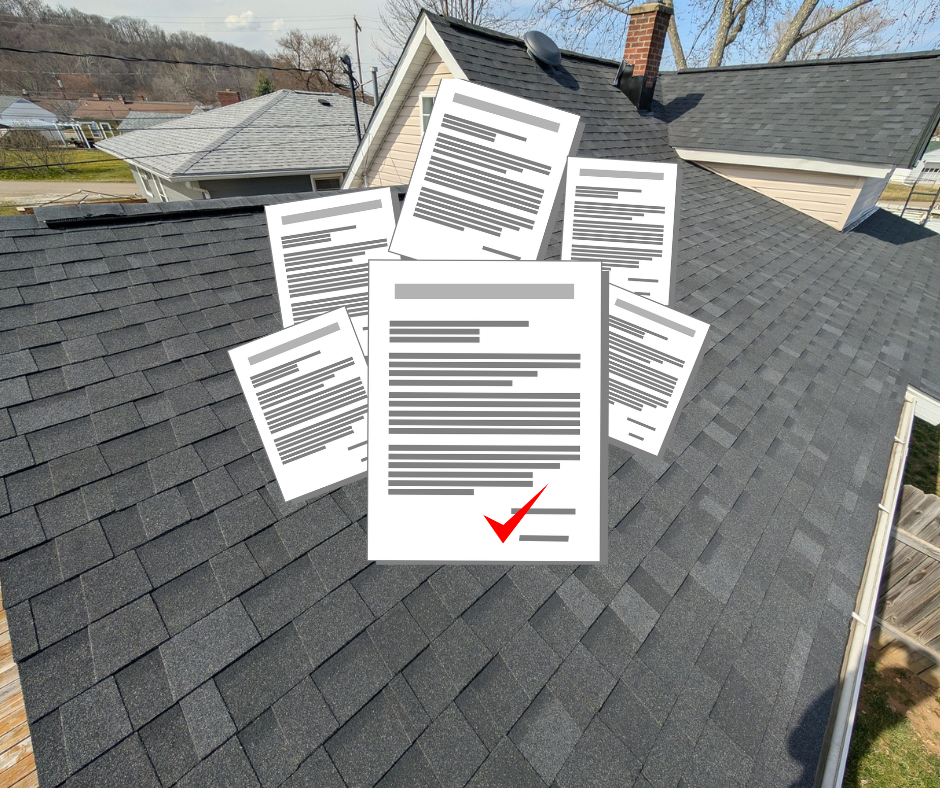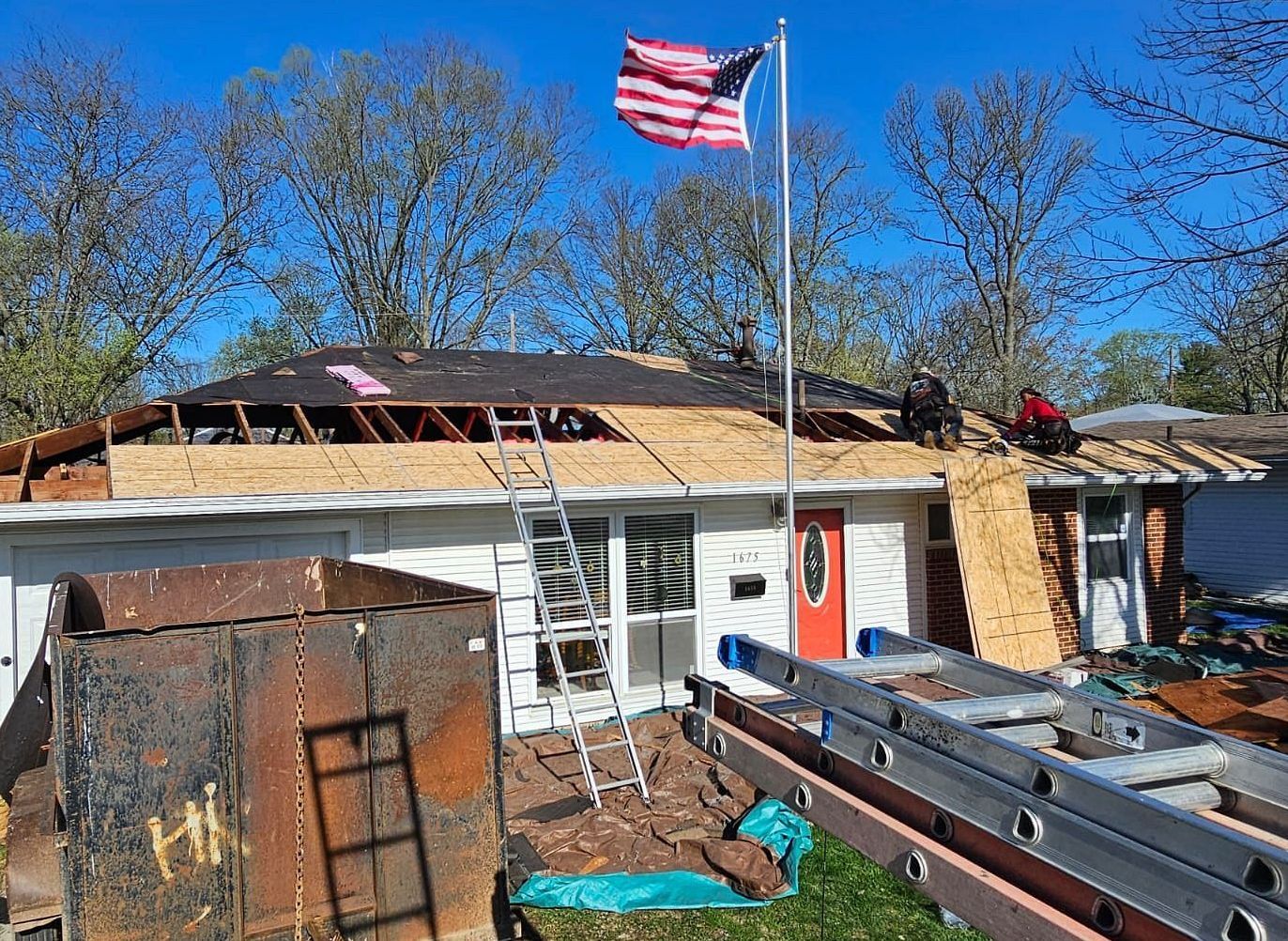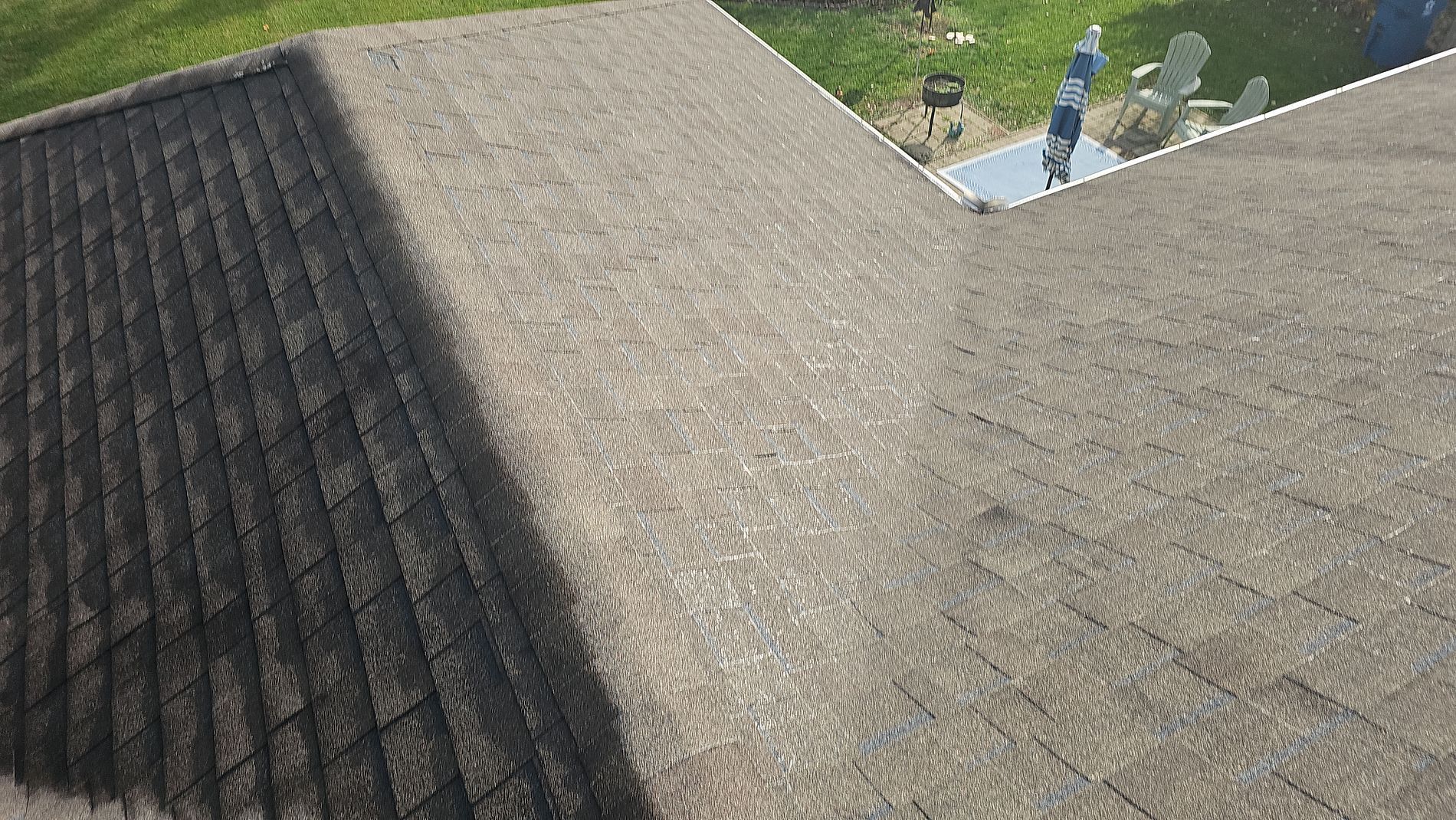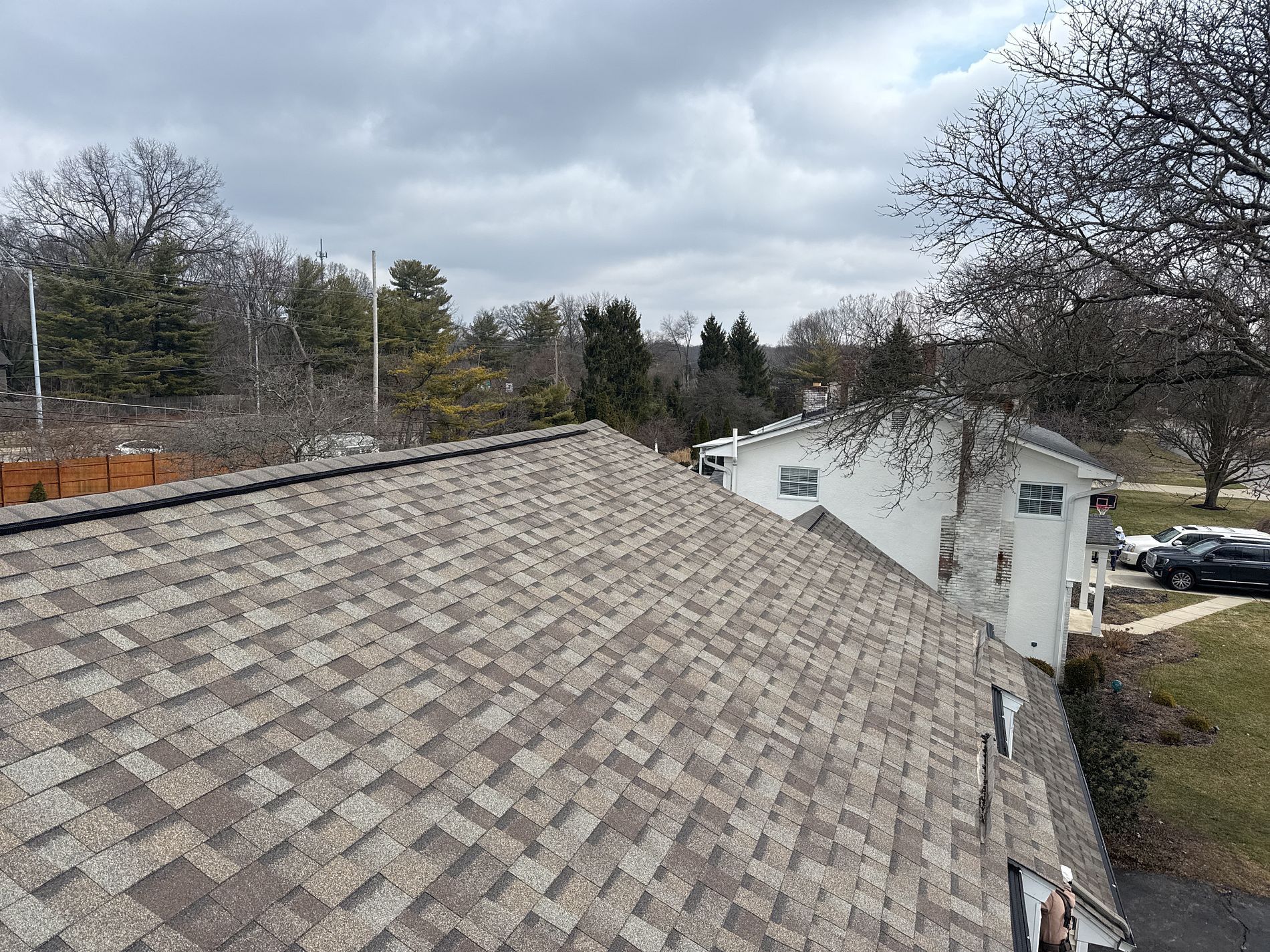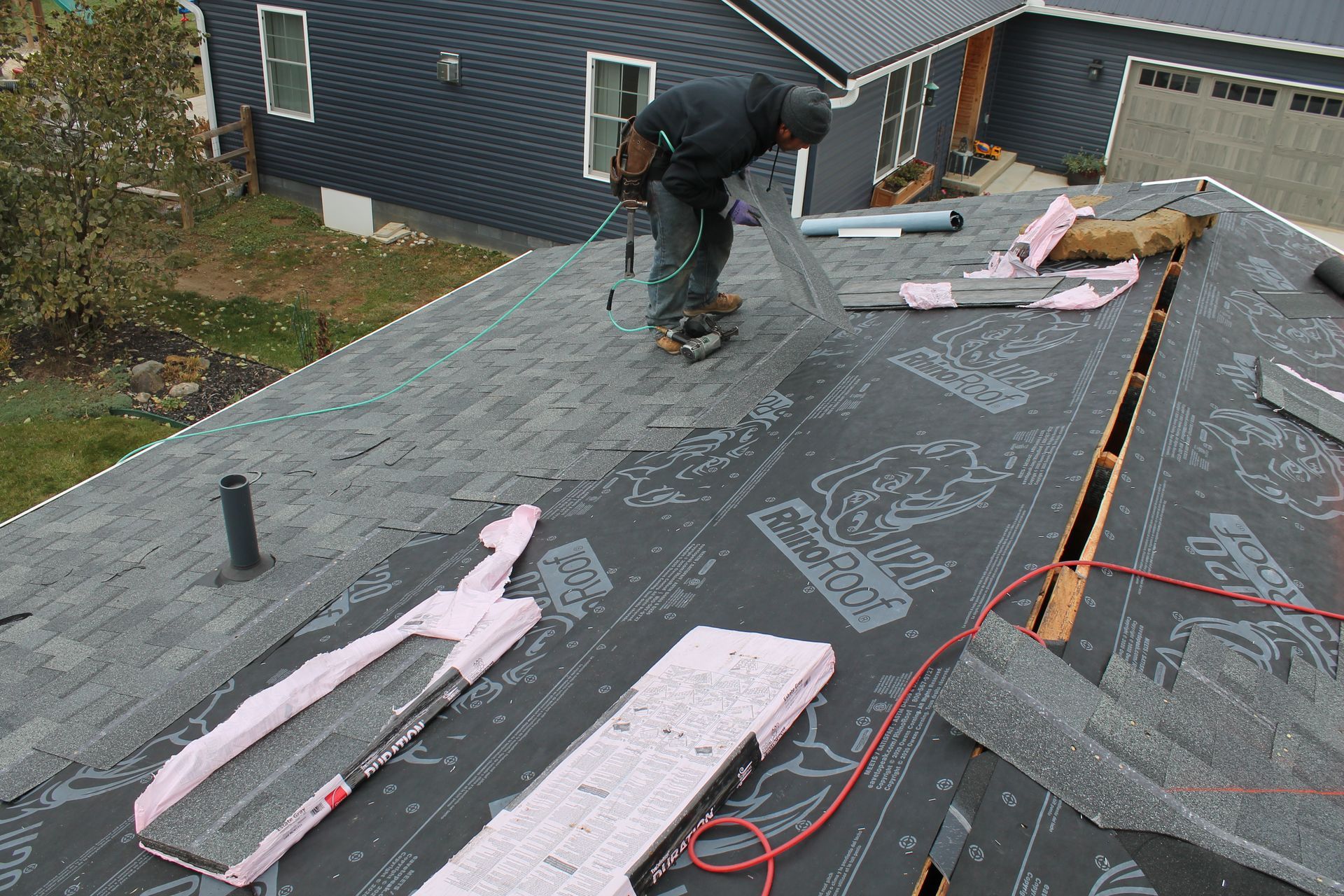Understanding the various ways to finance your roof can help you make an informed decision that aligns with your financial situation. Whether you’re considering a home equity loan, a personal loan, or contractor financing, choosing the right option can save you money in the long run.
By exploring localized financing solutions, you can find competitive rates and terms that suit your specific needs. This guide will walk you through common financing methods, their pros and cons, and the factors you should consider before making a decision.
Understanding Your Roofing Needs
Before exploring financing options, it's crucial to assess the scope of your roofing project. Are you considering minor repairs, a complete replacement, or an upgrade to premium materials? Determining the extent of work needed will help you estimate costs accurately and choose the most suitable financing method.
Common Roof Financing Options: Pros and Cons
Home Equity Loans and Lines of Credit (HELOC)
A home equity loan or HELOC allows you to borrow against the equity in your home, typically at lower interest rates than personal loans or credit cards. However, they use your home as collateral, so defaulting on payments could put your property at risk.
Pros:
- Lower interest rates compared to unsecured loans
- Potential tax benefits if used for home improvements
- Large borrowing limits depending on home equity
Cons:
- Requires substantial home equity
- Risk of foreclosure if payments are not made
- Longer approval process and closing costs
Personal Loans
Personal loans are unsecured loans that don’t require collateral and can be used for roofing projects. They typically have fixed interest rates and terms, making budgeting more predictable.
Pros:
- No need for home equity
- Fixed monthly payments for easy budgeting
- Quick approval process
Cons:
- Higher interest rates compared to secured loans
- Limited borrowing amount
- May require a strong credit score for favorable terms
Credit Cards
Using a credit card for roofing projects can be convenient, especially for smaller expenses. However, high-interest rates can make it an expensive financing option if the balance is not paid off quickly.
Pros:
- Immediate access to funds
- Possible rewards or cash back benefits
- Good for emergency repairs
Cons:
- High-interest rates if not paid in full
- Can negatively impact credit utilization and score
- Not ideal for large roofing expenses
Contractor Financing
Many roofing contractors offer in-house financing with competitive rates and flexible terms. For example, some contractors provide financing plans with quick approval processes and manageable payments.
Pros:
- Tailored financing options for roofing projects
- Often includes promotional interest rates
- Streamlined approval process
Cons:
- Terms and conditions vary between contractors
- May require a down payment
- Interest rates may be higher than home equity loans
Factors Influencing Financing Decisions
When choosing a financing option, consider the following factors:
Credit Score
Your credit score significantly impacts loan eligibility and interest rates. A higher score can secure better terms, while a lower score may limit your options. Improving your credit before applying can be beneficial.
Loan Terms and Interest Rates
Compare the terms and interest rates of different financing options. Longer terms may result in lower monthly payments but can increase the total interest paid over time.
Monthly Budget
Assess your monthly income and expenses to determine what payment amount you can comfortably afford. Ensure that the financing option you choose aligns with your financial situation.
How to Secure Favorable Financing
To obtain the best financing terms:
Shop Around:
Obtain quotes from multiple lenders and contractors to compare rates and terms.
Improve Your Credit:
Pay down existing debts and avoid opening new credit lines before applying for a loan.
Understand the Terms:
Read the fine print of any financing agreement to be aware of fees, penalties, and other conditions.
Consult Professionals:
Seek advice from financial advisors or roofing professionals to understand the implications of different financing options.
How to Choose the Best Financing Option
Selecting the right financing method depends on several factors:
Loan Amount Needed:
Determine how much financing you require and which options offer sufficient funds.
Interest Rates:
Compare rates between different lenders and financing plans to find the lowest cost option.
Repayment Terms:
Ensure the repayment period aligns with your budget and ability to make payments.
Approval Requirements:
Check credit score requirements and eligibility criteria before applying.
Collateral Considerations:
Decide whether you’re comfortable using your home as collateral for a loan.
Common Roof Financing Mistakes to Avoid
Ignoring Interest Rates:
A low monthly payment may come with high interest over time—always calculate the total cost of financing.
Not Checking Credit Score:
Applying without knowing your credit standing can result in unfavorable loan terms.
Over-Borrowing:
Only take the necessary loan amount to avoid excessive debt.
Failing to Compare Options:
Settling for the first offer may lead to higher costs—always compare before committing.
Skipping the Fine Print:
Hidden fees and penalties can add up—read loan agreements thoroughly.
Your Roofing Finance Questions Answered
What is the best financing option for a new roof?
The best option depends on your financial situation. If you have home equity, a HELOC may offer the lowest rates. If you prefer flexibility, contractor financing might be a good fit.
Can I finance a roof with bad credit?
Yes, some contractors and lenders offer financing for homeowners with low credit scores. However, you may face higher interest rates or require a co-signer.
How long can I finance a new roof?
Financing terms vary, but typical loan terms range from 12 months to 15 years, depending on the lender and loan type.
Does homeowners insurance cover roof replacement?
Homeowners insurance may cover roof replacement if the damage is caused by covered events like storms or hail. However, wear and tear is typically not covered.
What’s the fastest way to get roof financing?
Applying for contractor financing or a personal loan often provides the quickest approval process, sometimes within 24 to 48 hours.
What happens if I can't make my roofing loan payments?
Missing payments on a roofing loan can lead to penalty fees, increased interest rates, or even foreclosure if you used home equity as collateral. Always communicate with your lender if financial difficulties arise.
Can I refinance my roofing loan?
Yes, refinancing is possible if you find a loan with better terms or lower interest rates. However, consider potential fees or prepayment penalties before refinancing.
Is it better to pay for a roof upfront or finance it?
If you have the savings available, paying upfront can save you money on interest. However, if paying in full strains your budget, financing with low-interest options can be a smart alternative.
A Roof Over Your Head, A Plan in Your Hands
Navigating roof financing requires careful consideration of your project’s scope, available financing options, and personal financial situation. By understanding the various methods and factors involved, you can make an informed decision that ensures the longevity and safety of your home. Consulting with a reputable roofing contractor can provide additional guidance tailored to your specific needs.
For more information on our roofing services and financing options, please visit our Residential Roof Replacements and Financing pages.
If you have any questions about our financing options, feel free to check out
our page!.
